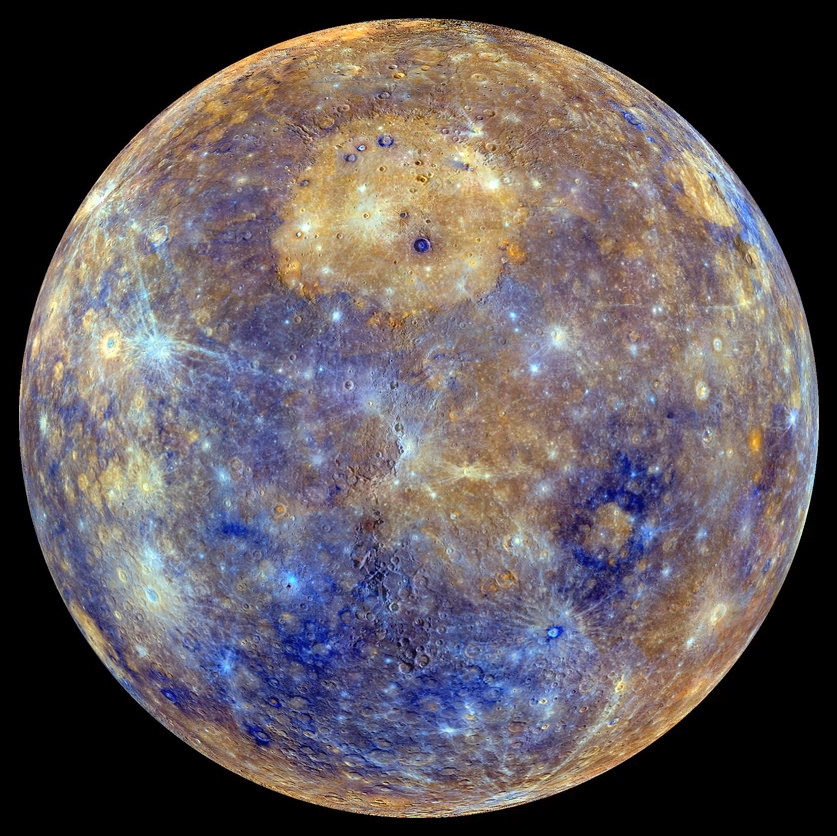Top 10 Deadliest Lakes On The Planet
 |
| Deadliest lakes on the Planet. Photo: KnowInsiders |
Lakes are one of the best places around the world to have fun with friends and family. But it can be a killer if something like molten lava or radioactive materials are impounded. The lakes listed below are beautiful, however are not recommended positively for adventures.
The List of 10 Deadliest Lakes on the Planet
1. Boiling Lake
2. Lake Nyos
3. Blue Hole
4. Horseshoe Lake
5. Jacob’s Well
6. Lake Natron
7. Rio Tinto
8. Lake Kivu
9. Jokulhlaup
10. Lake Michigan
***
Which are the 10 Deadliest Lakes on the Planet?
1. Boiling Lake
 |
| Photo: Fort Young Hotel |
As the name says, Boiling Lake is the most dangerous lake in the world with a water temperature of about 180 and 197 degrees Fahrenheit. Located in Dominica’s World Heritage Site, the lake is fledged across 250 feet. Since 1870, there have been a lot of variations in height as well as the temperature of the water. However, none could dare to measure the temperature from the center of the lake, since records have revealed that the epicenter is flushed with a lot of molten lava. There is no direct road connecting the lake and the nearest road spotted is 8.1-mile away.
2. Lake Nyos
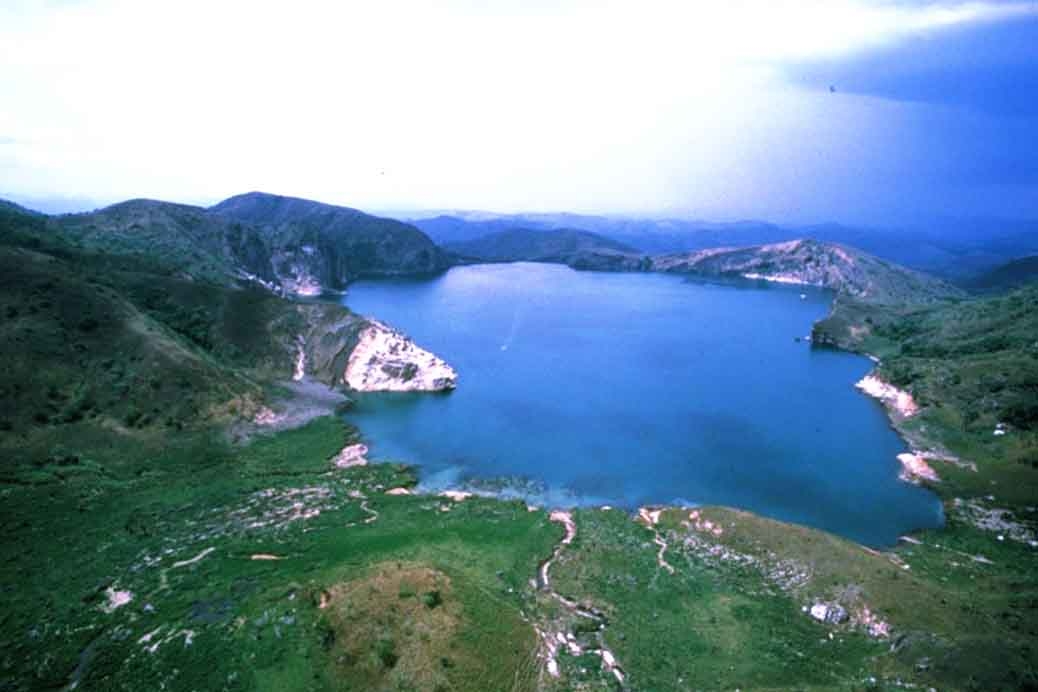 |
| Photo: Awesci - Science Everyday |
Lake Nyos, definitely the deadliest lake in the world, is located in Cameroon’s Northwest Region. It is a crater lake that lies along the Cameroon line of volcanic activity. Since the lake sits on a pocket of magma, the waters of the lake is highly acidic due to the carbon-dioxide (CO2) spewed into the waters from the magma layer below.
On August 21, 1986, Lake Nyos experienced a limnic eruption. The eruption triggered the release of about 100,000–300,000 tons of CO2 . The gas cloud rose at an incredible speed of 100 km/hr and soon displaced all of the air in the surrounding regions. This killed 1,746 people and 3,500 livestock in the region by suffocation. The villages of Nyos, Suburn, and Cha were worst affected.
The outgassing turned the waters of the lake a deep red color due to the iron-rich water from below coming to the surface and getting oxidized. The level of the lake also fell by about a meter and trees in the region were knocked down. It is estimated that the eruption released about 1.2 cubic kilometres of gas. The incident is termed as the largest mass-scale asphyxiation caused due to natural causes.
3. Blue Hole
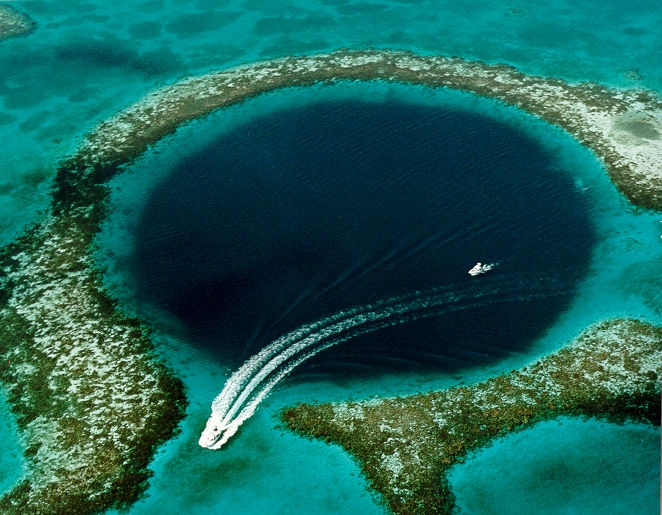 |
| Photo: Tiền Phong |
A gaping sinkhole that drops straight down over 100m, the Blue Hole in Dahab is one of Egypt’s most infamous dive sites.
It is most dangerous when inexperienced divers dive beyond the sport-diving limit. The sinkhole is connected to the open ocean through an archway at about 65km. It is easy for under-prepared divers to miss this archway and lose all sense of direction, eventually running out of air.
The leading cause of fatalities at the Blue Hole is nitrogen narcosis, which can cause mental and physical impairment when the body is subjected to high pressure.
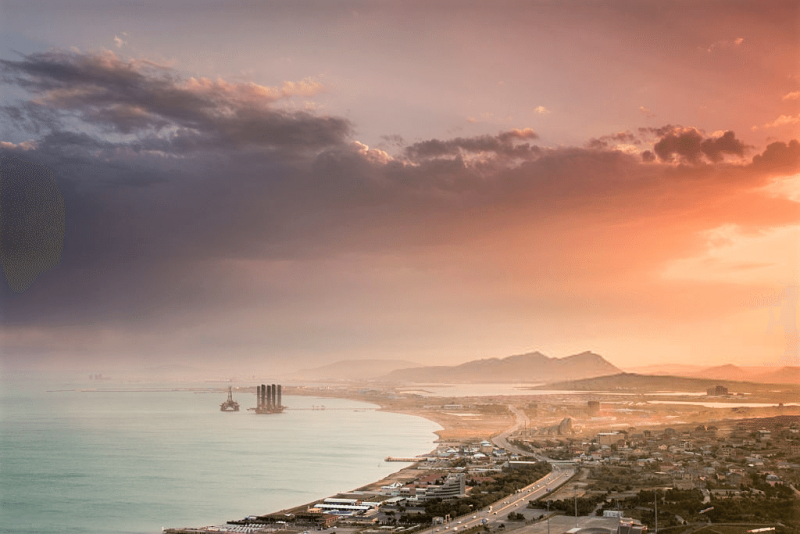 Top 7 Largest Lakes in the World Top 7 Largest Lakes in the World Have you wondered where the largest lakes are in the world? At KnowInsider, we provides a list of the 7 largest lakes on Earth. Let's ... |
4. Horseshoe Lake
 |
| Photo: The Outbound |
Dozens of acres of dead trees surround the Horseshoe Lake in California, making it a great spot for picnics and hiking. A series of earthquakes between 1989 and 1990 opened paths for carbon dioxide to escape from the magma below, resulting in the dead trees.
There are warning signs around the lake since the levels of carbon dioxide fluctuate not only over the lake, but also in the area around it, depending on the depressions in the ground. While safe for the most part, the lake has documented some fatalities due to the gas.
The lake also has certain amounts of hydrogen sulphide, which give it a characteristic rotten egg smell. Hydrogen sulphide is lethal. The Horseshoe Lake emits roughly 50-150 tons of carbon dioxide per day.
5. Jacob’s Well
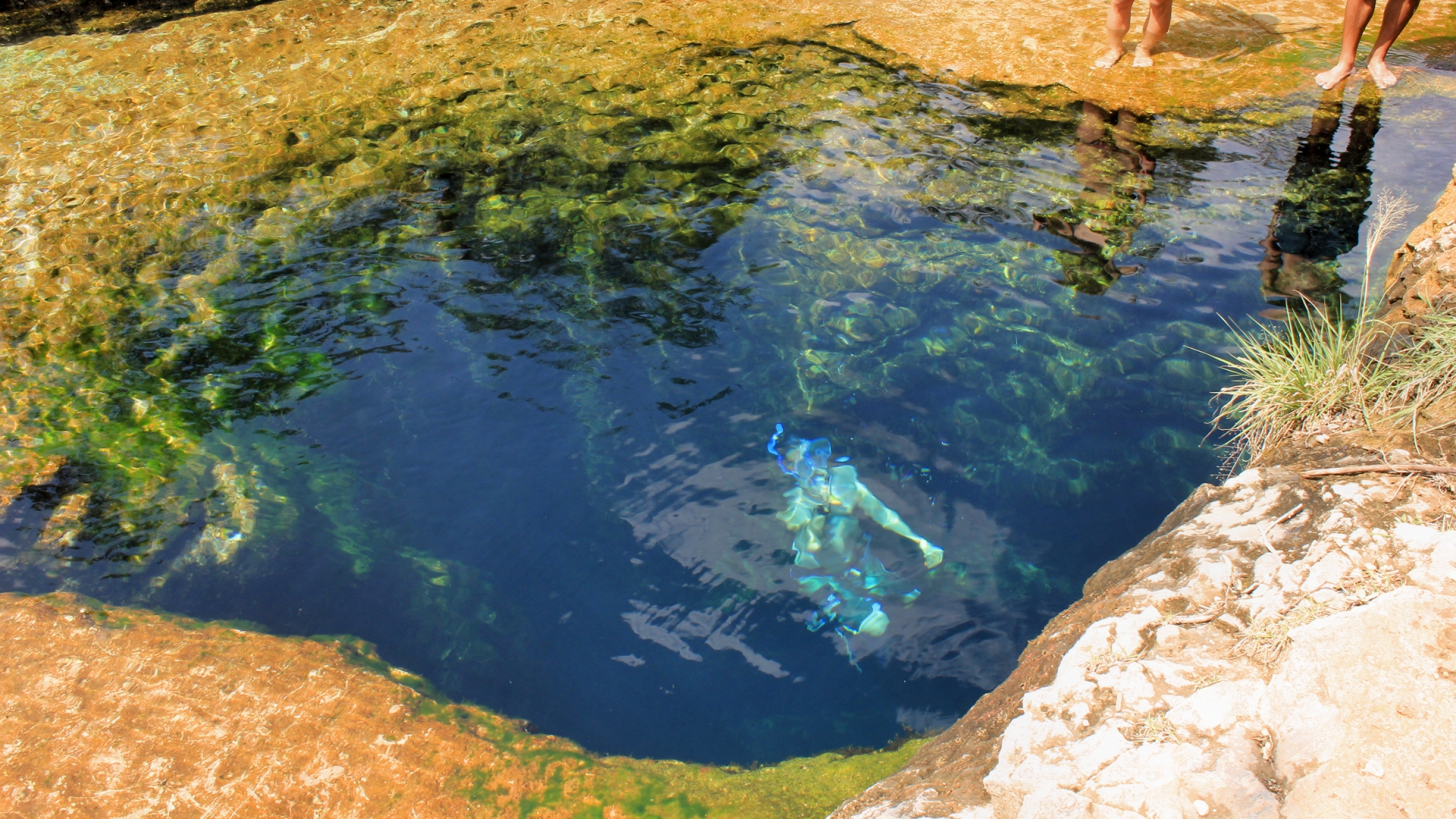 |
| Photo: Wikipedia |
The stifling Texas heat makes Jacob’s Well a welcome escape to divers to jump into its cool, deep waters—some, to their deaths. The elaborate network of underwater caves stretching endlessly down the well plunge over 100ft down. About 6,000ft of passages have been documented going down to well till date.
Only researchers with proper permits are allowed to explore the depths of Jacob’s Well, due to its high fatality rate. But if you’re looking for a slightly less-thrilling day at the lake, feel free to dip your toes or swim around the opening to Texas’ second largest fully submerged cave.
6. Lake Natron
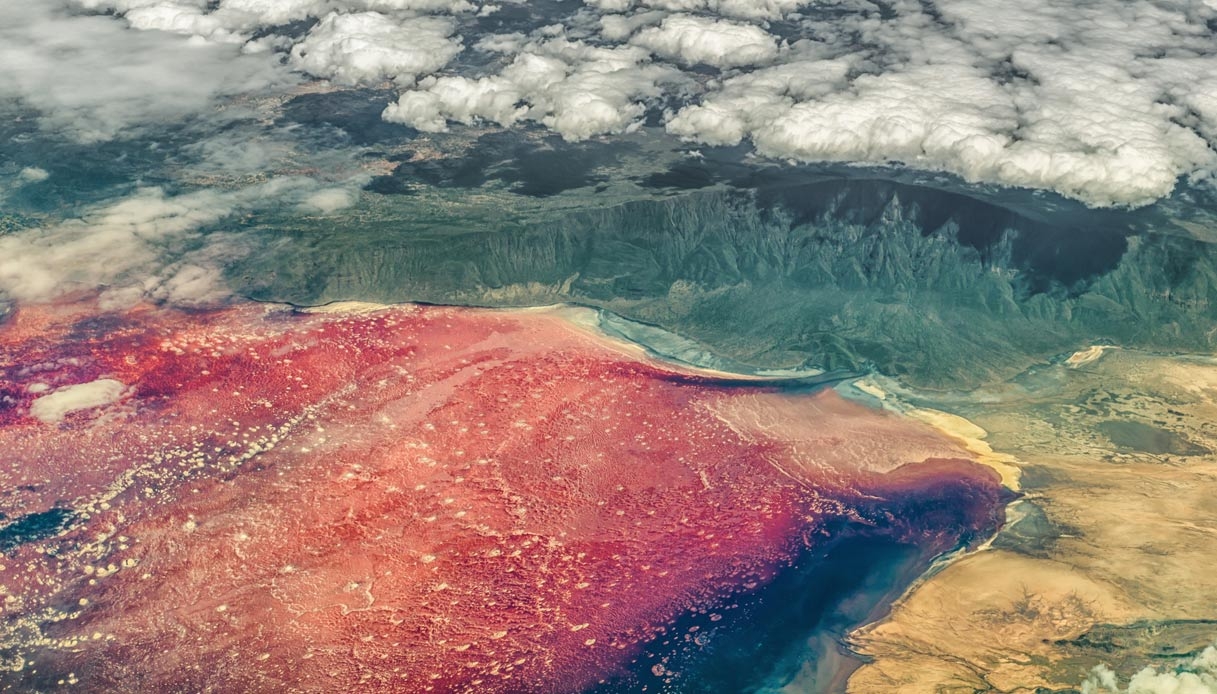 |
| Photo: SiViaggia |
Lake Natron in Tanzania is a very beautiful lake that serves as a home for millions of flamingos. However, it is very harmful to humans. The high evaporation levels in the area have left alkalinity of up to 12 pH. This is similar to substances such as bleach or ammonia. The lake is also covered in a crust of salt that has been turned red by the cyanobacteria that live there. Would you like to swim in a lake full of salty red bleach?
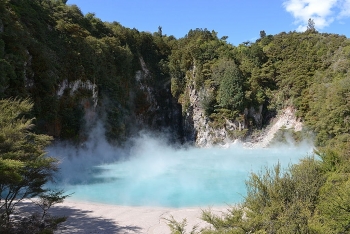 Exploring Frying Pan Lake - the Largest Hot Spring in the World Exploring Frying Pan Lake - the Largest Hot Spring in the World Only in New Zealand: If you plan to visit New Zealand, one of the most recommend destinations is perhaps the Frying Pan Lake. Do you ... |
7. Lake Rio Tinto
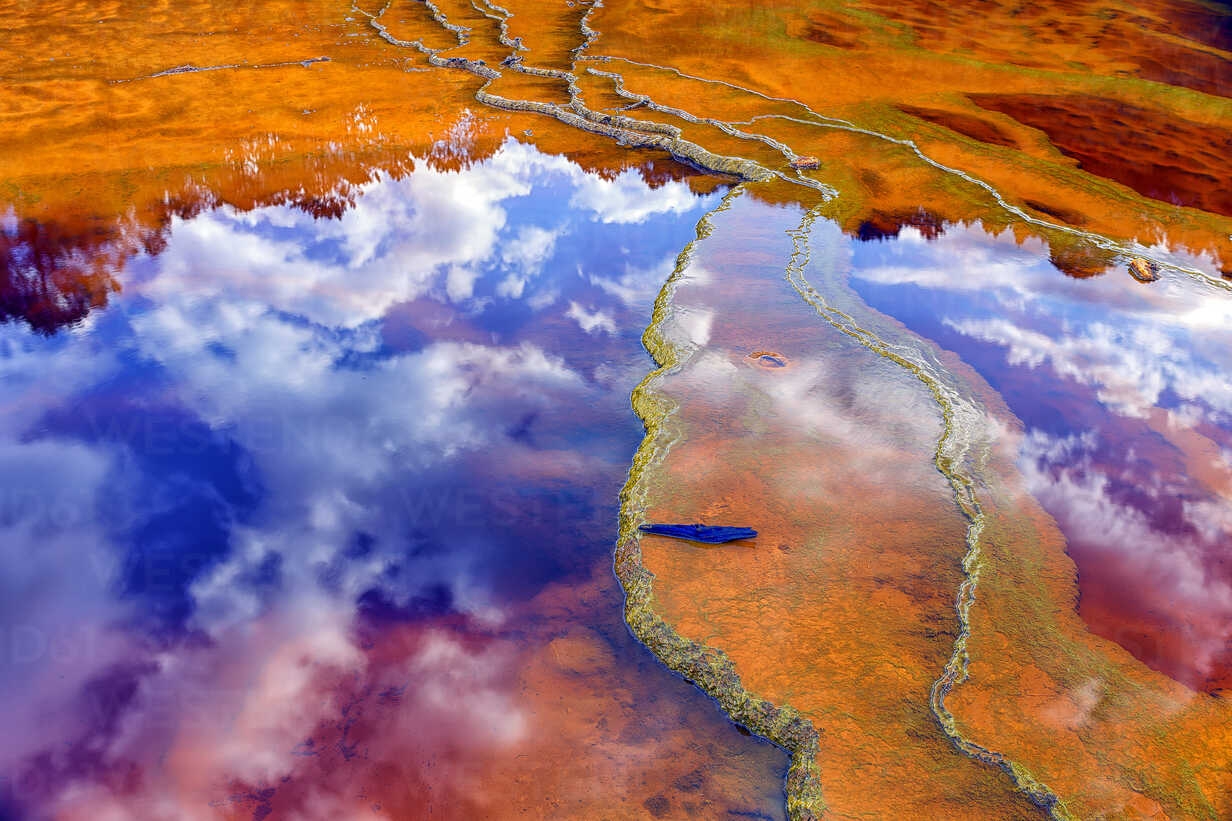 |
| Photo: Westend61 |
When you look at this lake, it’s very attractive and beautiful, but sadly, it’s deadly. The appearance of this river is like looking at bright red fire-like water. This lake is located in Spain. Because of the heavy fossil ruins found near this lake, it has become soaked with iron, copper and other heavy metals.
Just like the lakes mentioned above, Rio Tinto Lake is also a very attractive place to visit but keep your body away from this water. There is a huge number of bacteria living in this lake which causes the water to turn into bright red.
8. Lake Kivu
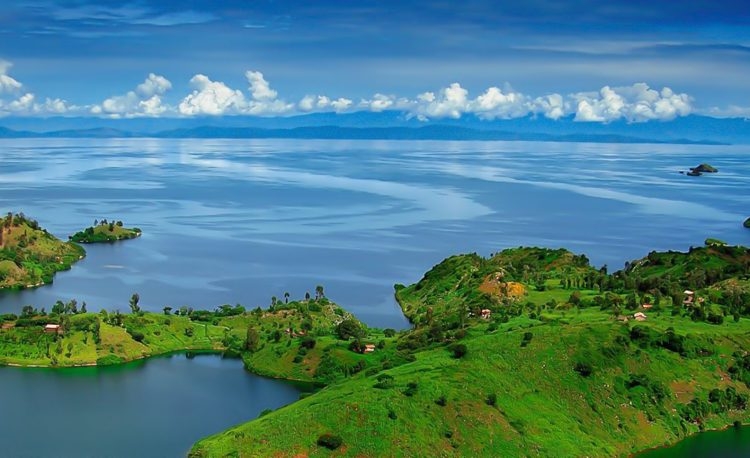 |
| Photo: Expedite Wildlife tours |
Lake Kivu is a very weird combination of all of the deadly factors. The appearance of this lake is very calm, and it looks very innocent, but don’t be fooled.
Lake Kivu is one of the top African Lakes of all time. In the deep layers of this lake, there are elements of carbon dioxide and methane gas. Both of these gasses from a very ugly combination, and even a slight jerk of an earthquake can cause a massive eruption in the lake. This explosion is very strong that it can kill a large number of people.
9. Lake Jokulhlaup
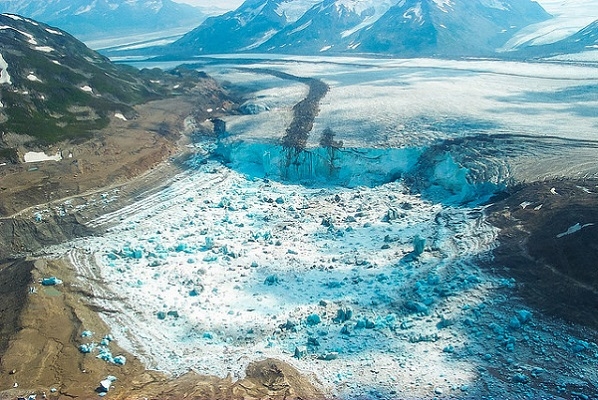 |
| Photo: National Park Service |
Jokulhlaup signifies running glaciers, is located in Iceland, which is formed as a result of glacier flood. The lake was conserved as a result of the partial inflow of volcanic lava into the glacial area. The result was a hydrostatic outburst that caused an overflow of water above the threshold causing the lake formation. The outburst by Jokulhlaup is very rapid which can cause massive destruction to nearby areas and threats to human lives.
10. Lake Michigan
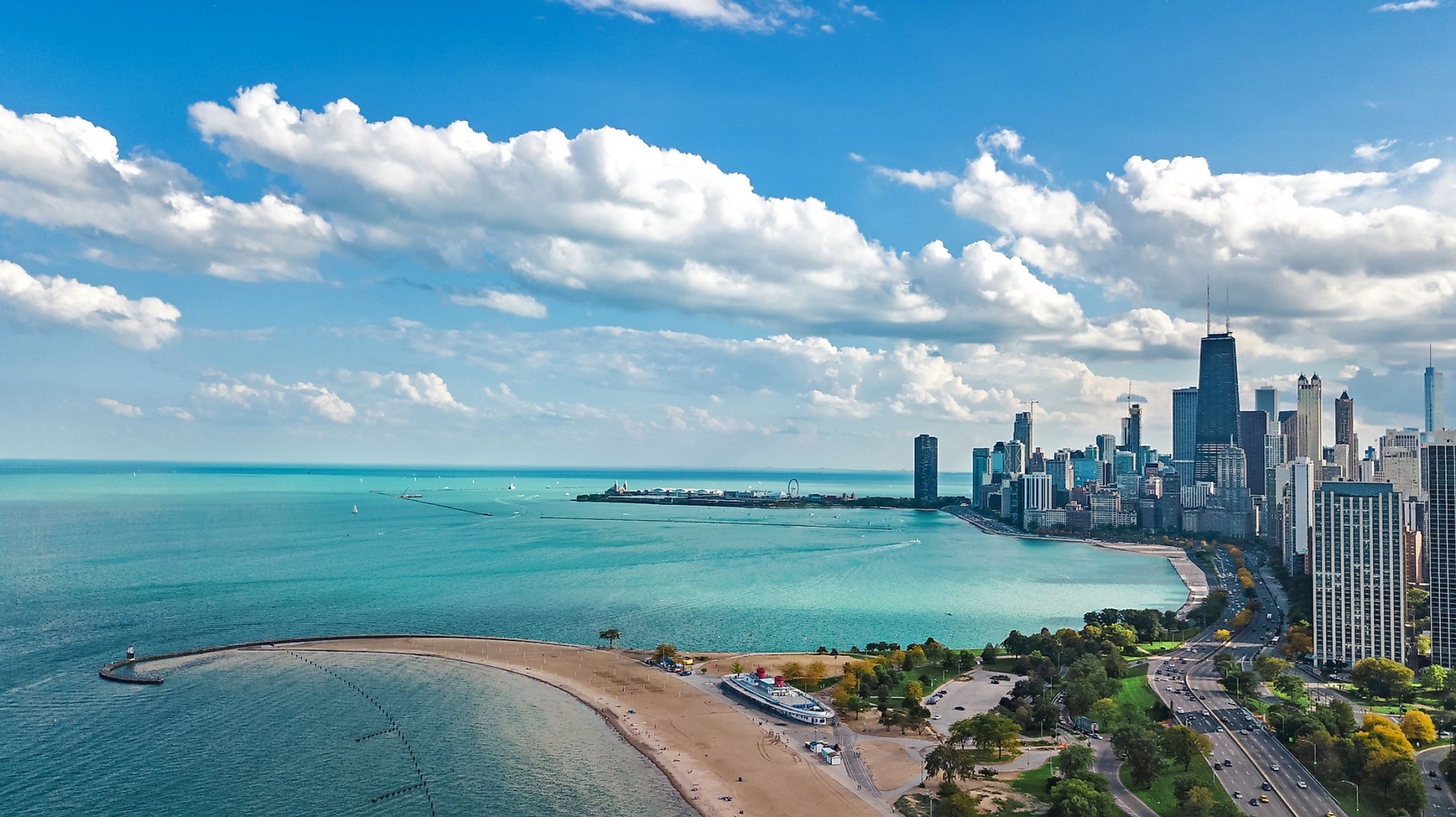 |
| Photo: World Atlas |
This lake is located in the USA. The mystery of this lake is very close to the Bermuda Triangle. As we all know that there is no turning back from the Bermuda triangle, the same applies to this lake.
A lot of air crashes have occurred near this lake, and the reason behind every crash is not logical. According to a reliable study, this lake takes dozens of lives every year. It tends to form sudden currents which are very dangerous.
For more interesting news of KnowInsiders, check out right below!
 Top 10 Astonishing and Beautiful Lakes in Europe Top 10 Astonishing and Beautiful Lakes in Europe Eager to know what are the most astonishing lakes in Europe? Check out the list of the 10 most beautiful lakes in Europe right below! |
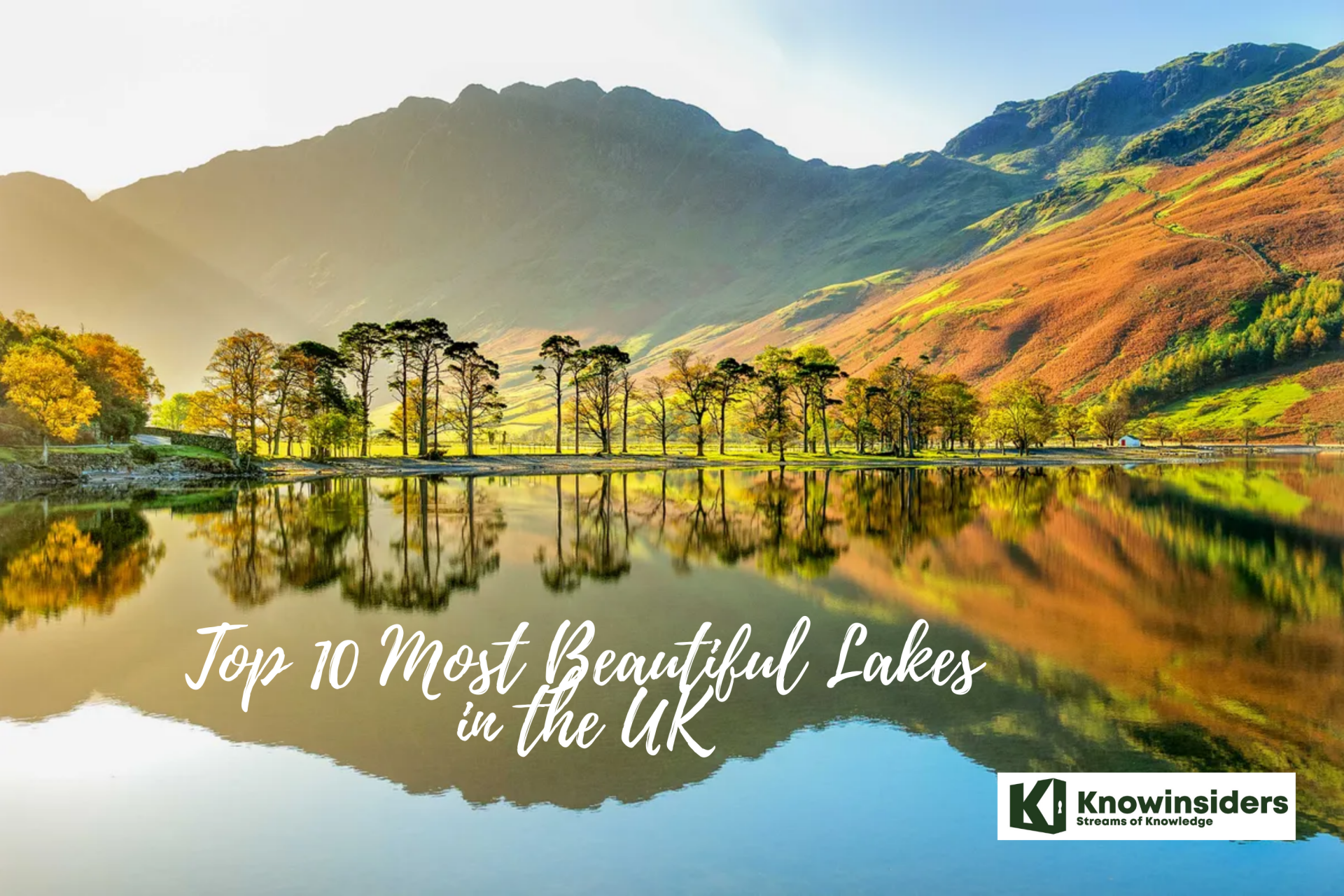 Top 10 Most Beautiful Lakes in the UK Top 10 Most Beautiful Lakes in the UK Traveling to the UK, it would not be perfect if you didn't visit UK's awe-blogging lakes. Check out the 10 most beautiful lakes in the ... |
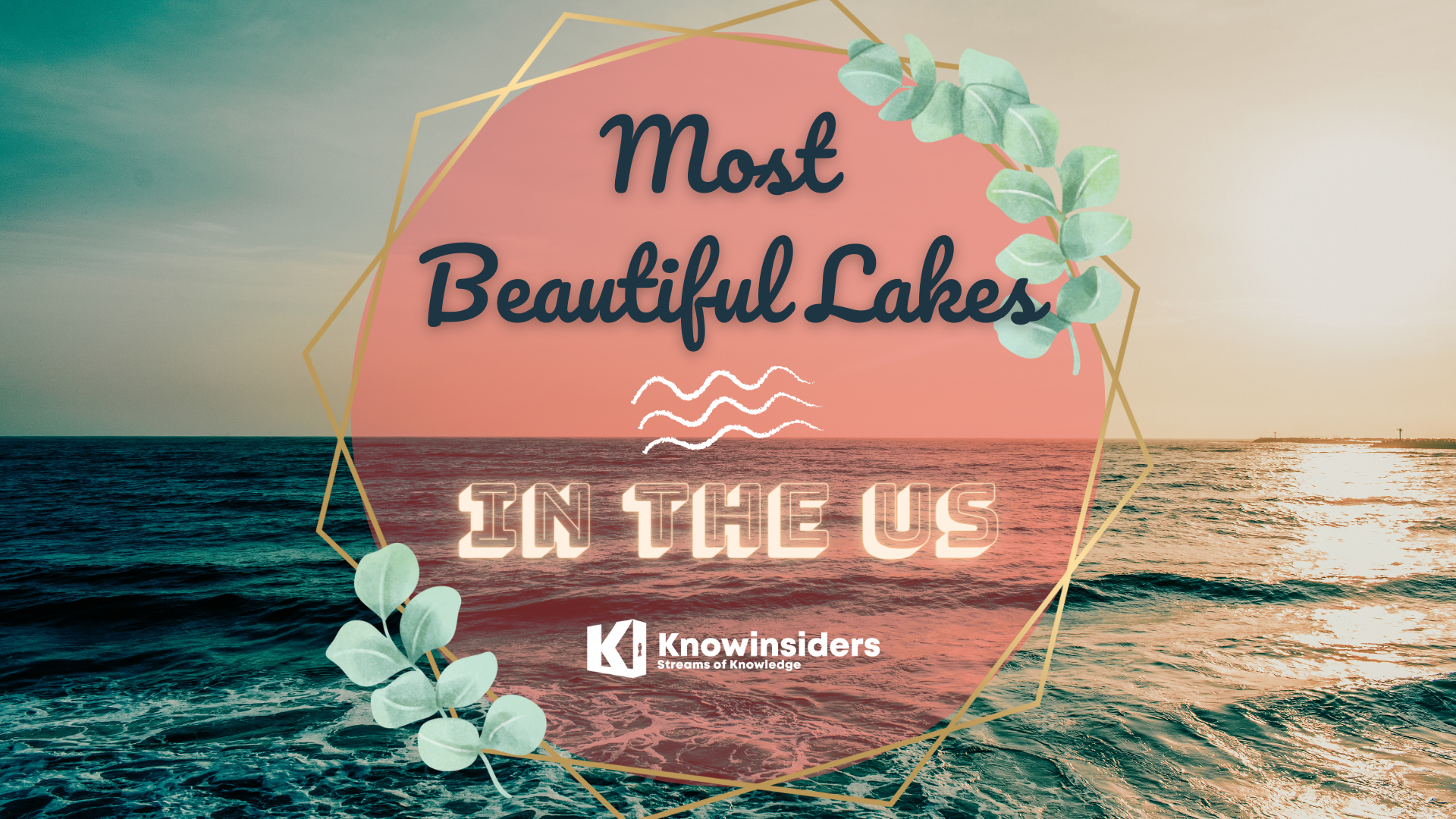 Top 10 Most Beautiful Lakes In The US Top 10 Most Beautiful Lakes In The US There are hundreds of prettiest lakes in the US spread out over varying geographical backgrounds, and all of them are beyond compare. |



